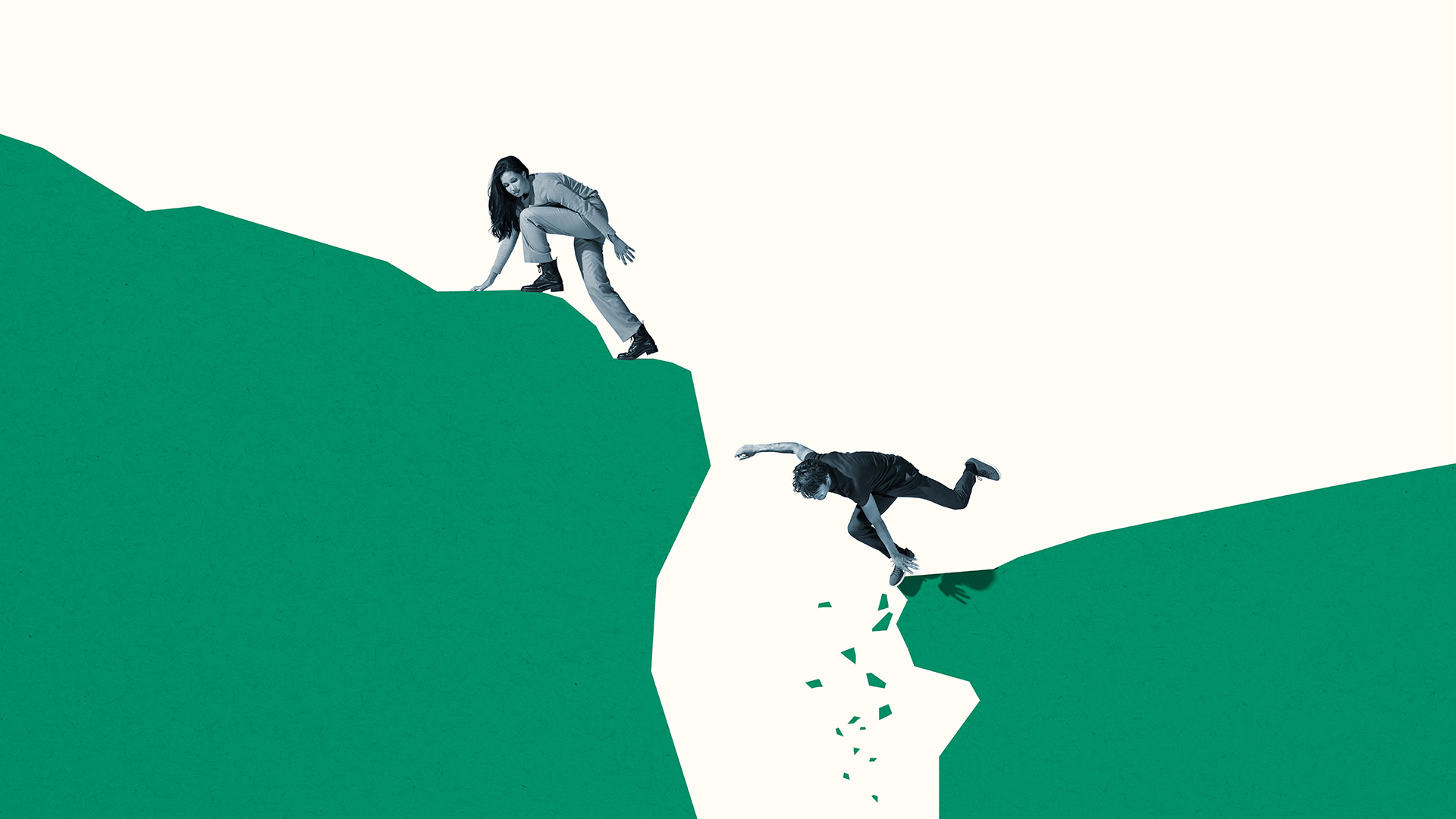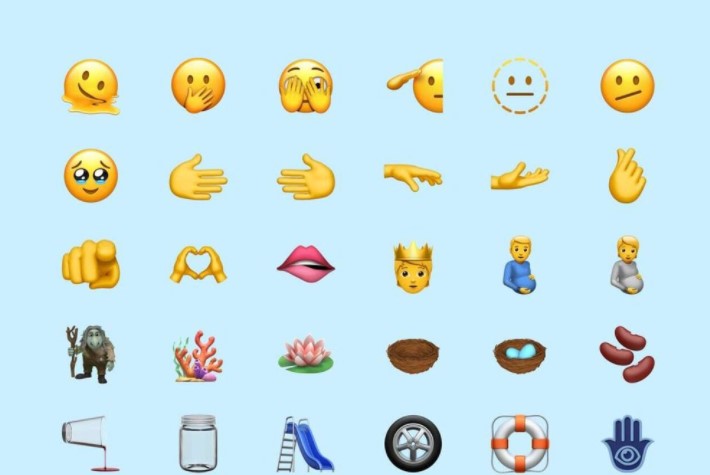
Whether it's a friendly smiley face or a cheeky wink, many of us regularly include emojis in our text messages. But if what we want is to be taken seriously in the office, a new study suggests that we should monitor their use.
Researchers at Tel Aviv University have revealed that people who include images and emojis in their emails are seen as less powerful than those who use words. “Today we are all used to communicating with images, and social media makes it easy and fun,” the researchers said.
“Our findings, however, raise a red flag: in some situations, especially in a work or commercial environment, this practice can be costly, because it indicates low power. Our advice: think twice before sending a photo or emoji to people in your organization, or in any other context where you want to be perceived as powerful,” they added.
In the study, the researchers set out to understand whether the use of images in emails affects people's perception at work. The team conducted a series of experiments in which several daily scenarios were presented to hundreds of participants.

In one experiment, participants were asked to imagine shopping at a supermarket and seeing another shopper wearing a T-shirt from the Red Sox baseball team. Half of the participants were shown a t-shirt with the verbal logo, while the other half saw a pictorial logo. The results revealed that participants who saw the shirt with the writing rated the user as more powerful than those who saw the pictorial logo.
Meanwhile, in another experiment, participants were asked to imagine attending a retreat from a fictitious company called Lotus. Half were told that an employee had chosen a t-shirt with the verbal logo, while the other half were told that she opted for a t-shirt with the company logo, a minimalist image of a lotus flower. As with the first experiment, participants said that women had more power when they were told that they had chosen the shirt with the verbal logo.
Finally, in a third experiment, participants joined a Zoom meeting with two other participants, one representing himself with a pictorial profile and the other representing himself with a verbal profile. Participants were then asked to choose one of the participants to represent them in a competitive game that suited people with high social power. The results revealed that 62% of the participants chose the participant who had represented himself with a verbal profile.

Dr. Elinor Amit, co-author of the study, said: “Why do the images indicate that a sender is underpowered? Research shows that visual messages are often interpreted as a sign of desire for social proximity.”
He added: “A separate body of research shows that less powerful people want social proximity more than powerful people. Consequently, pointing out that he would like social proximity through the use of images is essentially a sign that he is less powerful.”
For the specialist, “it should be noted that such signs are often irrelevant in close relationships, as in communications between family members. However, in many areas of our lives, especially at work or in business, power relations prevail, and we must be aware of the impression our messages leave on their recipients.” “Our findings raise a red flag: when you want to point out power, think twice before sending an emoji or image,” Amit concluded.

Although hundreds of thousands of people use at least one emoji on a daily basis, little is known about what many consider to be a new type of language. Etymologically, the word comes from the Japanese language and is divided into three words: “e”, which means drawing; “mo” (), writing and “ji” (), character. If you take each one separately, it surely doesn't say everything an emoji means to the virtual world; however, as a single term, this word can be defined as “a drawing that simulates the character of the real world and that serves as a writing medium for the virtual world”; or more reduced: “image with the one that can be written”.
Under this definition, these “little drawings” have taken on total importance in today's world, being one of the post-internet inventions that has endured over time, limiting at least 20 years of popularity. There is no instant messaging (IM) app that doesn't have a whole catalog of emojis, either to describe emotions or activities on its own or to be the perfect companion to words as they are known today.
Three interesting things about emojis
1. There are currently more than three thousand emojis (or emoticons), being a catalog with which you can describe almost any activity, human or animal, that exists.
2. In 2015, the Oxford dictionary named the emoji in the shape of a face with tears of laughter, not as the emoticon of the year, but as the word of the year, demonstrating the importance of these drawings for today's world. In addition, this emoji is considered to be the most used by most people on the planet.
3. The importance of emoji as a language has also resulted in the creation of a repository (or dictionary) known as “emojipedia”. Like any encyclopedia, it has a special organization, either by category or level of use. You can also find sections that discuss the meanings or uses that can be given to them in different social, geographical or cultural contexts.
In short, talking about emoji is talking about the very life of new communication. Small emoticons often give meaning to what is written in the virtual world and nowadays it is very difficult to think about writing without them.
KEEP READING:
Últimas Noticias
Debanhi Escobar: they secured the motel where she was found lifeless in a cistern
Members of the Specialized Prosecutor's Office in Nuevo León secured the Nueva Castilla Motel as part of the investigations into the case

The oldest person in the world died at the age of 119
Kane Tanaka lived in Japan. She was born six months earlier than George Orwell, the same year that the Wright brothers first flew, and Marie Curie became the first woman to win a Nobel Prize

Macabre find in CDMX: they left a body bagged and tied in a taxi
The body was left in the back seats of the car. It was covered with black bags and tied with industrial tape
The eagles of America will face Manchester City in a duel of legends. Here are the details
The top Mexican football champion will play a match with Pep Guardiola's squad in the Lone Star Cup

Why is it good to bring dogs out to know the world when they are puppies
A so-called protection against the spread of diseases threatens the integral development of dogs




